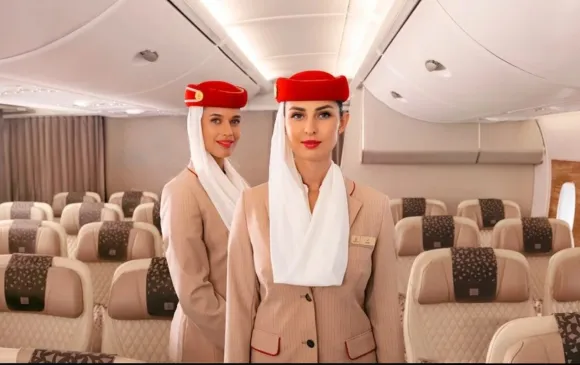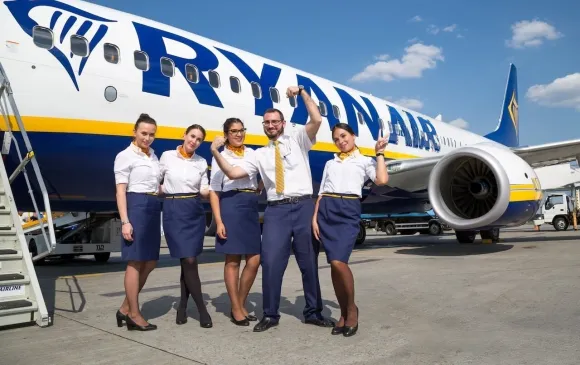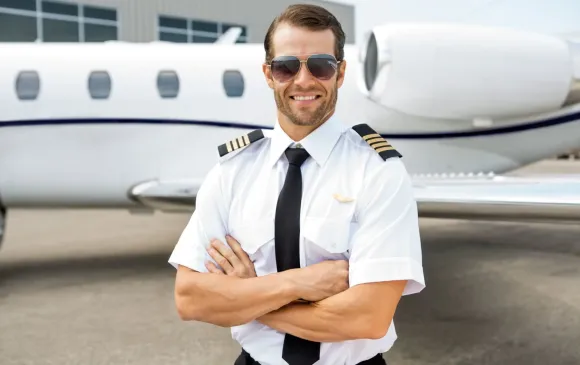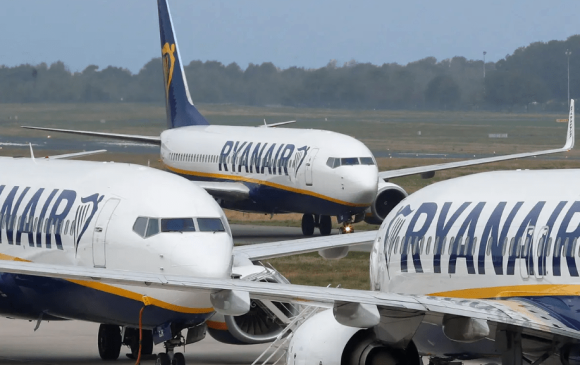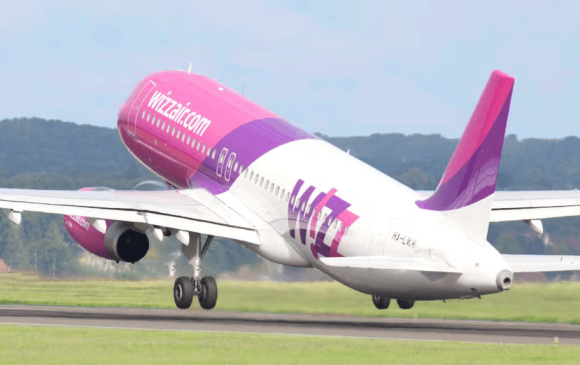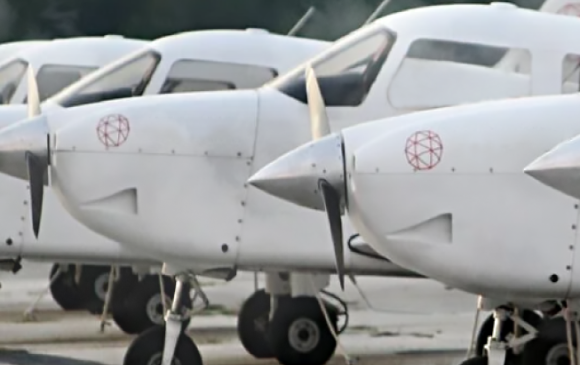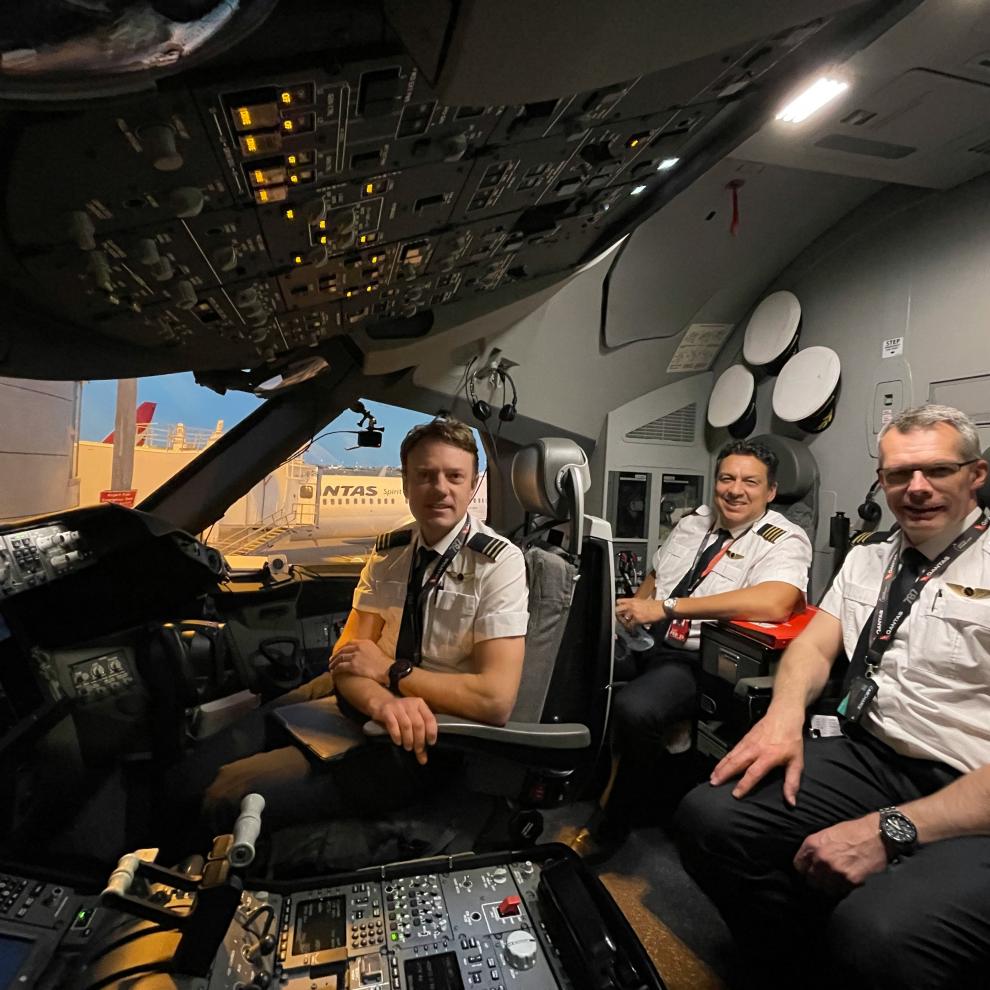A career as an airline pilot is often seen as both prestigious and rewarding. It offers the thrill of flying and the opportunity to travel the world. One more very important aspect it also gives is financial stability. Yet, the path to becoming a pilot is not without its challenges. It requires years of training and significant financial investment. It also needs a strong commitment to continuous learning from the aspiring candidate. Pilots also face demanding schedules, high levels of responsibility, and various industry-related uncertainties. Despite these challenges, for those passionate about aviation, the rewards can far outweigh the difficulties.
The Journey to Becoming a Pilot
Becoming an airline pilot is a long and structured process. It requires many certifications, rigorous training, and hundreds of flight hours. It begins with obtaining a Private Pilot’s License (PPL). This licence allows individuals to fly for leisure but not commercial. From there, aspiring pilots must work toward a Commercial Pilot’s License (CPL). It allows pilots to fly as professionals. Yet, having a CPL alone is not enough to work as a first officer for an airline. To become commercial pilots candidates must also get an Airline Transport Pilot License (ATPL). It is the highest level of certification. It requires at least 1,500 flight hours in some countries, including the United States.
The training process includes ground school. There pilots learn about aerodynamics, meteorology, navigation, and aviation law. Practical training consists of simulator sessions and in-flight instruction. Additionally, pilots must earn various ratings, such as an Instrument Rating (IR). This licence will allow them to fly in low-visibility conditions. The other important licence to get is a Multi-Engine Rating (ME). Pilots need it to operate a plane with more than one engine. Many pilots also choose to become Certified Flight Instructors (CFI). This allows them to gain experience and accumulate flight hours while teaching others to fly.

Beyond training, medical certification is a crucial part of a pilot’s career. Pilots must pass strict medical examinations. Like this they will be sure they are physically and mentally fit to fly. These medical requirements continue throughout a pilot’s career. This will result in regular check-ups mandated by aviation authorities. Even minor health issues can temporarily or permanently ground a pilot. This aspect is making health maintenance a critical aspect of the profession.
Career Progression and Opportunities
Once a pilot has earned the necessary qualifications and flight experience, they can begin their career at a regional airline, cargo carrier, or private charter company. Many start as first officers (co-pilots), working under the supervision of a captain. Over time, with experience and more training, they can progress to the rank of captain. Captains have full authority over the airplane. They are making key decisions about flight paths, safety procedures, and crew management. The transition from first officer to captain is a significant milestone in a pilot’s career. It comes, of course, with increased responsibilities and higher salaries.
Beyond commercial airlines, pilots have plenty of career paths available to them. Some choose to work in corporate aviation. They are flying private jets for businesses or high-net-worth individuals. Others pursue careers in cargo aviation. It is less glamorous than passenger flights as certain people may think. But, it can offer stable employment and attractive salaries. Additionally, pilots may find opportunities with government agencies. This includes: emergency medical services, or even flight testing for airplane manufacturers.

There are also options for those looking to move away from active flying. They could still stay in the aviation industry, joining internal positions. These may be: management or training roles, which offer fulfilling career alternatives. Experienced pilots can become instructors, helping to train the next generation of aviators. Others transition into airline management, overseeing operations, safety, or human resources. Regulatory bodies and aviation safety organisations also recruit former pilots. Pilots in these positions will help shape industry policies and improve safety standards.
Another appealing aspect of a pilot’s career is its global nature. Pilots with the right qualifications and experience can find work with airlines around the world. They could then fly international routes and experience different cultures. Some even may need to move to other countries for better job prospects. Usually such companies provide higher salaries, or a different quality of life. This mobility adds to the profession’s attractiveness. Pilots have many opportunities to expand their careers beyond their home country.
The Life and Career of an Airline Pilot
A career as an airline pilot is often viewed as one of the most prestigious and rewarding professions. The excitement of flying and the financial security associated with the job makes it an attractive career choice. Plus to that, pilots have the opportunity to travel the world. Yet, the journey to becoming a pilot is long and expensive. And as we discussed a bit above, requires unwavering dedication. It is a career filled with immense responsibilities and strict training requirements. Also its unpredictable schedule demands resilience and adaptability.
Despite these challenges, the aviation industry is attractive for many because of their deep passion for flying. They enjoy commanding an airplane, navigate through the skies. Also, ensuring the safety of hundreds of passengers is both a privilege and a responsibility. Pilots experience the world from a unique perspective. They are witnessing breathtaking views at 35,000 feet, working with cutting-edge technology. Pilots have a privilege of becoming part of a global community of aviators.
For those considering a career as an airline pilot, it is necessary to understand both the rewards and challenges. It can be challenging to pass the demanding training process. You should bear in mind the financial investment required to start the training. On the other hand, the career progression opportunities and long-term stability is motivating. This guide explores every aspect of the profession in detail.
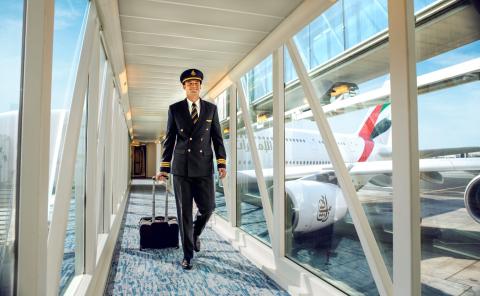
The Journey to Becoming a Pilot
The path to becoming a commercial airline pilot has its structure. It requires many certifications, extensive training, and thousands of flight hours. As we know, traditional careers allow entry with a single degree or diploma. Unlike those, aviation demands a series of qualifications. Each of those are requiring significant financial and time investments.
Among all those licences are Private Pilot license (PPL). This is the first step for any aspiring pilot. This license allows individuals to fly for leisure. But it does not permit them to receive compensation for their services. The PPL training includes both ground school and practical flight training. Students learn about aerodynamics, meteorology and flight regulations. Also they get to know about navigation while also completing supervised flight hours. The number of required flight hours varies by country. Yet, most programs require at least 45 to 70 hours of flight time before students can take their practical exam.
Another important step is to get a Commercial Pilot’s Licence. The CPL is a critical step, as it allows pilots to get salaries for their services. Training for this license is more intensive and requires extra flight hours. Usually, it is around 200 to 250 total hours. The coursework also becomes more complex. It covers advanced navigation, emergency procedures, night flying, and multi-engine airplane operation. There are also some other licences to get before you can start to search for a job. Those are: Instrument Rating (IR) or Multi-Engine Rating (ME), Airline Transport Pilot Licence (ATPL), etc. We will talk about those licences with detailed explanation in our upcoming online course "How to Become an Airline Pilot".
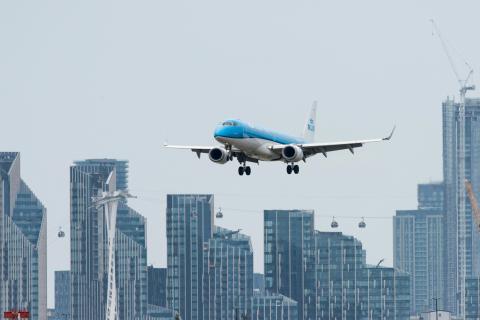
To pass the technical training is only a part of the job. Also pilots must also meet strict medical and psychological standards. Aviation authorities have some other requirements. Pilots must undergo regular medical examinations. This is necessary to ensure that they are physically and mentally fit to fly. Even minor health issues can disqualify a pilot. For example: vision problems or high blood pressure. Some conditions could need some ongoing medical supervision.
Psychological resilience is also very important. The stress of managing long flights, handling emergency situations, and making critical decisions under pressure means that pilots must have strong mental strength. Many airlines conduct psychological evaluations during their hiring process. They do this to assess candidates’ ability to remain calm and make rational decisions. Such candidates work effectively under stress.
The Financial Investment of Becoming a Pilot
One of the biggest difficulties in becoming a pilot is the cost of training. Depending on the country and flight school, obtaining all necessary certifications can range from $60,000 to $150,000. Unlike traditional university degrees that offer student loan options, flight training often requires self-financing or personal loans.
For many aspiring pilots, these expenses cause them to take on debt. Salaries at major airlines can eventually compensate for these costs. But, it can take years before a pilot reaches a comfortable financial position. And also we have to consider the risk of having difficulties finding the first job. You should remember that the aviation world is very competitive. To get one of the places in respectable airlines with reputation can be difficult. Although we don’t advise it, some pilots that didn't manage to get a job in one of those - pay to fly. This means that they pay the airline to offer them a job as one of their pilots.

Some aspiring pilots seek alternative funding options, such as:
• Scholarships and Grants – Various aviation organizations offer financial aid to promising students. For that you need to be really the best of the best in school. Afterwards you will be one of a few people who will reach the best score during the exam to enter such a grant.
• Airline-Sponsored Programs. Some airlines cover training costs in exchange for a commitment to work for the airline post-training. For example, one of such airlines is Wizz Air. After passing their cadet program you will sign a contract with the company for a fixed amount of years. Usually it's around 5 years or more. If you want to leave the company before the termination of the contract, you will have to pay pro-rata from the cost of the training.
• Military Training. Many pilots begin their careers in the military. They are receiving training at no personal cost before transitioning to commercial aviation. But, it is not easy to enter the army. The passing tests sometimes are too difficult to overcome for many. Plus, as you can imagine the army has its hierarchy and its discipline. This can be challenging too.
The Challenges of an Airline Pilot’s Career
Despite its appeal, being a pilot is not without difficulties. Some of the most common challenges include: irregular schedules, health consideration points. To this we can add uncertainty of the job market, high responsibility and stress. As you must know, there is no regularity in aviation jobs. Only a few airlines accept requests to have a fixed roster. Yet, most airlines assign a random schedule. Pilots often work nights, weekends, and holidays.
Working during nights has a strong effect on a sleep routine. This can influence some of the following health issues, like, sleep disorder. As well it is difficult to manage your sleep between such challenging working hours. Long-haul flights can result in extended time away from home. So often former pilots cannot attend some family events and common celebrations. This includes Christmas, birthday parties or weddings. For many it is also challenging not to see their kids for a very long time.
This job requires excellent physical and mental health. Conditions such as high blood pressure, or vision impairments can impact a pilot’s career. Also pilots need to stay fit and manage the fatigue well. It might be challenging with such shifts. But, it is very important to do sport and to keep a healthy lifestyle in general.
Sport helps manage the stress level. The job of a pilot is challenging and often very stressful. Pilots bear immense responsibility for passenger and crew safety. At the same time there are other necessary duties like paperwork, etc. that they need to do during the flight. They must handle emergencies with calm precision, making the job mentally demanding.

Another reason that often poses stress is the uncertainty of the job market. The aviation industry is sensitive to economic downturns, global crises, and airline bankruptcies. Pilots must be ready for rise and fall in demand. Just remember the big crisis we had in the past or more recent issue - COVID. During Covid majority of airlines were making most of their pilots redundant for an uncertain amount of time.
The Rewards of Being a Pilot
Despite the challenges, many pilots find the profession inspiring. There is a certain sense of adventure, the opportunity to travel the world. The financial stability that comes with seniority makes it a desirable career for many. The ability to soar through the skies and experience the world from above is a privilege few get to enjoy. making every flight a unique and exhilarating experience. Pilots also have the opportunity to travel the world, often visiting new cities and countries as part of their job. Often there is a time to explore different cultures and cuisines during layovers.
The profession of a pilot is well-compensated. The salary increases with experience, along with benefits such as. These could be health insurance or retirement plans. Also there are travel deals for themselves and their families. As per now, the aviation industry continues to grow. This is ensuring a steady demand for skilled pilots.
Beyond the tangible rewards, the profession carries a sense of prestige and respect. This is because pilots have trust and immense responsibility. Also they need extensive training and expertise. The job also encourages continuous personal and professional growth. It is honors skills like critical thinking, decision-making, leadership, and adaptability. Qualities that are valuable both in and outside the cockpit.
Conclusion
While the schedules can be demanding, many pilots enjoy structured time off between flights. This allows them to keep a good work-life balance. For those who have dreamed of flying since childhood, becoming a pilot is more than just a career. It is the fulfilment of a lifelong passion. It offers both challenges and immense satisfaction with every successful flight. The journey to becoming a pilot requires sacrifice, resilience, and financial investment. But, for those with a passion for aviation, the rewards, both personal and professional, make the challenges worthwhile.

